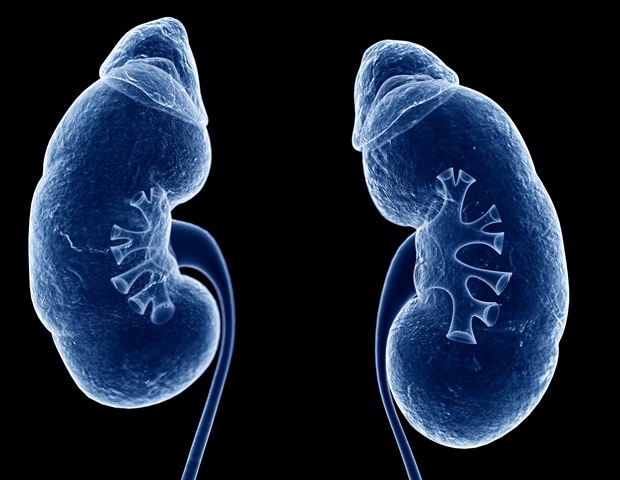
A brand new examine discovered that retinoic acid receptors (RARa) within the proximal tubules of the kidney play a vital position in limiting the damaging results of kidney damage that always result in kidney failure. Researchers from Weill Cornell Drugs have developed a preclinical mannequin that confirmed a situation like persistent kidney illness develops when RARa in proximal tubules cease working.
At the moment, there are few medicine available on the market, so sufferers with extended, untreated kidney illness should endure dialysis or kidney substitute. The paper, printed in PNAS on Feb. 8, suggests medicine that may activate RARa within the kidney may counteract fibrosis—the buildup of scar tissue that outcomes from irritation attributable to diabetes, autoimmune illnesses or viral infections like COVID-19—to deal with kidney illness.
Our kidneys filter blood to take away waste, which is excreted in urine. Proximal tubules are an vital a part of this course of and return the substances wanted by the physique again into the blood. The RARa assist preserve the well being of proximal tubules and preserve the kidneys working.
When RARa is knocked out within the proximal tubules of their mouse mannequin, the researchers found that inside three days mitochondria that produce vitality in cells turn out to be distressed and cells begin dying. After three months, they noticed that epithelial cells within the proximal tubule secreted progress elements that led to fibrosis and decreased ranges of retinoic acid, which usually binds to the RARa.
Stopping progressive renal fibrosis, an indicator of late-stage persistent kidney illness, could be one technique to stop kidney failure. The researchers hope to make use of their novel mouse mannequin to determine medicine that activate RARa to sluggish or reverse fibrosis and to probably return kidneys to a wholesome state.
Supply:
Journal reference:
DiKun, Ok. M., et al. (2024) Retinoic acid receptor α exercise in proximal tubules prevents kidney damage and fibrosis. Proceedings of the Nationwide Academy of Sciences of the USA of America. doi.org/10.1073/pnas.2311803121.


